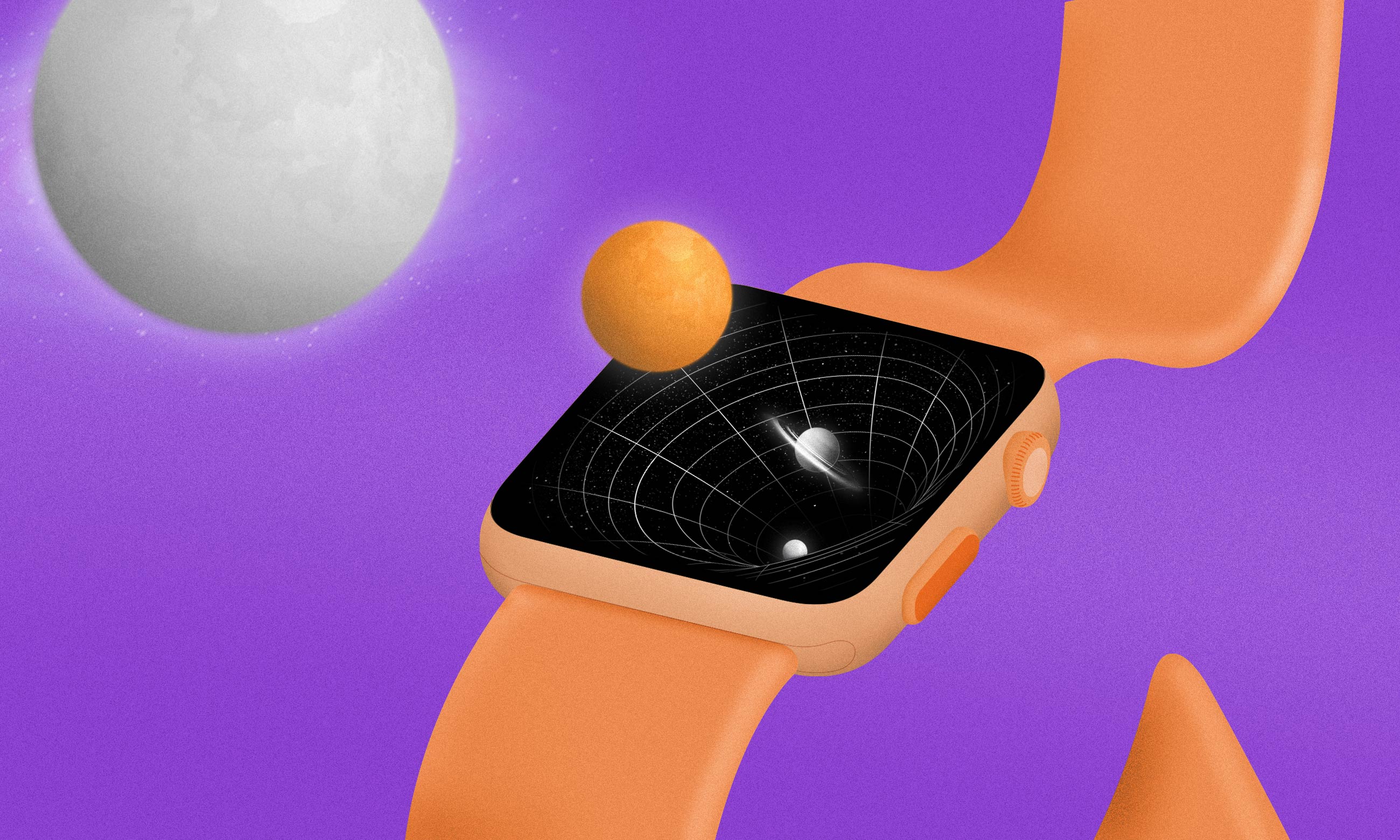You may have heard the phrase “Internet of Things” or its overt abbreviation, IoT, and likely without the context of its meaning. The internet is certainly a broad term with quite a confounding meaning so what could “Internet of Things” possibly mean? And more importantly, why should you care?
There are billions of devices connected to the internet, with more coming online each and every day. You interact with, benefit from, and even depend upon these devices regularly, whether you realize it or not. The Internet of Things describes the concept of adding internet capabilities to something, for example, a process, system, or device. IoT solution development enables these advancements by designing and implementing technologies that allow such processes, systems, and devices to function effectively.
From the micro-sensors found within your Bluetooth-connected toothbrush to the software that powers complex manufacturing machinery on an assembly line, IoT involves this dynamic interaction between technology-enhanced “things” that are capable of processing and communicating data amongst each other.
IoT systems can vary greatly depending on their use case but generally include the collective network of embedded devices, channels, and software that communicate with one another within a specified digital ecosystem. This can be as simple as an application for unlocking your front door with an RFID and mobile app or as complex as an irrigation system that monitors soil pH, temperature and pressure changes, wind, and heat to administer a water and fertilizer blend to a row of plants, at a specific volume and speed.
IoT components interact by collecting, processing, and sharing data from various sources, or endpoints, to provide a more holistic data narrative than one source alone.
IoT in the real world
From products such as Amazon’s Alexa and your Apple watch, to the autonomous vacuum cleaner that your family pet wants to play fetch with, IoT comprises many of the digital devices and products that we rely upon daily. This interconnected web of products and software make everyday tasks more convenient and have the ability to dramatically enhance one’s quality of life.
IoT makes up the foundational technology that enables smart safety driving features in cars, allows doctors to safely and remotely monitor a patient’s vital signs, provides farmers with real-time insights into its livestock and produce health, and makes it possible for meteorologists to predict the weather patterns weeks in advance.
IoT allows businesses to provide greater value to their clients, offer increased flexibility and safety to their employees, and increase their revenue, all while decreasing operating costs.
How IoT works
There are several systems that make up an IoT ecosystem and each component plays an essential role in the collection, communication, or processing of that data.
Endpoints
Endpoints refer to the nodes that capture, collect, and transmit input data from the user or the environment. These are things like sensors, beacons, cameras, or near-field communication devices, while inputs could include an athlete’s heart rate, the electromagnetic signature of a power plant, or the pressure of gas moving through a pipe, for example. This data from the endpoint is then transmitted to a gateway or hub, which transmits the data via the internet to the cloud for processing.
With endpoints, IoT is enabling a concept known as edge computing, whereby some of the data processing is occurring at the endpoint or edge (i.e. on the device’s local edge server) thus not requiring it to be sent to the cloud first. In some cases, these endpoint nodes act as routers within a mesh network and the firmware embedded on them allows for data sharing with other nodes in the network. This data is quickly passed back to the client, such as a smart device.
The ability to process data where it’s collected (i.e. the edge) provides a multitude of benefits including faster response times and feedback, more immediate insights, reduced costs, increased security, and enhanced bandwidth availability.
Applications
An application is a collection of software and cloud services that consume and analyze data using methods such as machine learning or artificial intelligence to make sense of the data and provide insights or outputs back to the users or system. An application typically has some type of graphical user interface so users can easily interact with the data and the devices connected to the system.
Connectivity layer
Depending on the scale of the IoT system, as well as its use case and environment, various channels can be utilized to send data to the cloud. These include WiFi, LiFi, Bluetooth, wireless cellular networks, mesh networks, LTE, satellite networks, various area networks like WAN, LPWAN, MAN, and more.
The value of IoT for the customer
Popular brands like Starbucks, Nike, Tesla, and Peloton have embraced the value of such technologies and have begun developing diverse ecosystems supporting them. Quality brands deeply understand the value these technologies can create for their users, and the return on investment for their company’s bottom line. It’s no surprise that industry-leading organizations are rapidly dedicating resources to innovate digital products and solutions in this space.
Frictionless experiences
Have you ever lost interest in buying something simply because the setup or installation process was going to be a hassle? Companies that simplify the product onboarding experience are more likely to convert interested customers into long-term, happy users. In fact, there’s a popular marketing adage that goes something to the tune of “the cost of acquiring a customer is much higher than the cost of retaining one.”
Regardless of the exact relevancy of this statistic in today’s digital market, the onboarding and offboarding experience has become a fundamental focus for companies, and even an obsession for others. In the words of Amazon’s founder and ex-CEO, Jeff Bezos, “The most important single thing is to focus obsessively on the customer.”
Amazon is one of many market leaders that has looked to simplify the check-out process to a single click and has ensured that returns are just as easy as ordering. It reduces the risk to the buyer and creates a greater sense of convenience.
If you’ve ever purchased a smart device, taken a picture of a QR code to download an app, and initiated a device pairing process through WiFi and Bluetooth, this process was likely enabled by some type of IoT system.
Bigger data, better data, better insights
Through IoT, a user will likely provide more data to the system, maybe even a constant stream of data. More doesn’t necessarily mean better, but in most cases, as long as the data practices are sound, it does provide greater insights due to the power of large numbers and the value of metadata analysis. These insights can inform the business unit, which can then provide more value to the end user such as personalized recommendations or features.
IoT can provide an end-to-end narrative for greater data insights.
Increased connectivity
Data can be very accurate and effective when it can be accessed. But what happens when you turn that information access off for privacy reasons? Or it automatically diminishes due to limitations in network connection? Whatever the reason, when the flow of data is reduced, IoT can become hugely effective.
By providing end-to-end solutions for the user, it’s also providing enhanced data collecting capabilities. Through edge devices and other node-like sensors, the product can capture a more complete picture of the user and can collect that data from where it originates, at the source.
The issues related to limited bandwidth and connectivity are diminished with IoT-based systems.
Retention
The longer a customer uses a digital product, the more likely they are to spend money with that company. Retention typically depends on the level of interest a user has in the company providing them a service or serving them information, as well as the product’s perceived value.
If a company fails to make an effort to personalize and innovate its offering, it can lead to high user churn rates and decrease the net promoter score of that customer, or the willingness to promote the product to others. IoT offers an entire ecosystem, including various channels a company can use to create a relationship with the client. More contact points likely means a more loyal customer.
IoT provides an increased variety of products and services that clients can freely interact with, and exchange information between.
Personalization
When data is collected at scale, it can be used to form metadata, which can then be utilized for further statistical analysis and data science tests. These insights can be hugely valuable to businesses because they help them refine their offering, and deliver a better, targeted experience to the customer. Think of Netflix’s movie recommendations based on your past browsing history or when Doordash asks if you want to re-order that favorite Thai dish you always get, for example. These are highly dependent upon algorithms that collect, and compare your behavior against large samples of data.
Machine learning, one of many forms of artificial intelligence technology, enhances the ability to identify and detect patterns at scale. Whether these are anomalies in blood glucose monitors, rapid changes in pressure sensors on the door of a space shuttle, or patterns in music and movie search behavior, IoT provides real-time feedback capabilities.
IoT for businesses
For businesses, IOT powers the operation of machine systems and robotics, but it is also a source of intelligence for decision-making. This sophisticated network of systems ultimately creates a safer, more efficient, and intelligent operations environment for companies and its employees, especially at scale.
The greatest benefit of IOT is not only the ability to capture more data, but also the ability to collect more quality data, at the source where that data is produced.
Return on investment
New York Air Brake, a manufacturer of air brake and train control systems, leverages a sophisticated IoT system. Remote sensors are installed on thousands of freight trains to analyze train forces, fuel activity, engineer driving behavior, rail track topography, weather conditions and other key performance parameters. Once analyzed, this data is converted to provide real-time and historical insights for improved train safety and performance optimization.
It ensures that trains are running on time, at the same time improving both the safety and operational efficiency of railroad systems. This type of sensor system, enabled by IoT, is expected to save the US rail industry $1 billion in fuel costs, equating to 250 million acres of forestry in CO2 emissions.
NYAB reports that its IoT system is delivering fuel savings between 8 and 12 percent, amounting to a tremendous reduction in fuel budgets, emissions, and maintenance costs for the railroad companies.
There are a multitude of benefits that a company can realize by providing IoT to its customers, employees, and workflow systems.
Maintaining customer focus
By creating branded channels for information and news, social networks to connect with others, and marketplaces to browse customer-favorite items, companies are able to control the information shown to their users on their unique and private channels.
It’s no secret that companies that can maintain users’ attention, are able to capture more of their time, and effectively monetize.
Convenience and customer service
Through real-time product feedback loops such as onboarding tutorials and connectivity instructions via an application, or error messages and usability signals through the hardware itself, IOT enables users to experience a more convenient use of products that make their lives easier. Many companies today provide real-time delivery tracking of items, granting users’ greater insights into the status of their package, be it food delivery or the new outfit they bought from Zara.
As a society, we have collectively pushed the boundaries of customer expectations when it comes to customer service and usability.
From Amazon’s same-day delivery to the ability to order a ride in less than a minute, consumers want to spend less time browsing, ordering, traveling to, and troubleshooting processes and more time doing the things they enjoy.
Build stronger communities
By creating software, platforms, and marketplaces where their users can engage and interact with content and other users, brands enable them to feel connected with one another, often sharing their experiences, learning, and growing.
The pandemic showed us that community has no boundaries and connectedness isn’t only about proximity. Changes in work-life dynamics have brought about a massive consumer demand for telecommunication, digital self-service, and immediate gratification. These changes in the way we work, live, and communicate with each other has and will continue to be led by innovations within IoT.
Resistance is futile
As hardware components reach a theoretical minimum in both size and cost to manufacture, the emergence of IoT into businesses and everyday life is inevitable. The idea of adding internet capabilities to a telephone was the biggest hit of the late 20th century, so why not add internet to other things to make them smarter too?
Understanding the powers and limitations of IoT is not only helpful for health enthusiasts looking to improve their fitness and quality of sleep but also for established enterprises looking to mature their business to better serve their customers and employees.
Infinum partners with companies like Phillips, one of the world’s largest consumer electronics companies, paving the way for direct-to-consumer appliances and home goods such as coffee makers, vacuum cleaners, and tooth brushes.
As it becomes the norm, ask yourself, where could you be leveraging IoT for a greater tomorrow?











